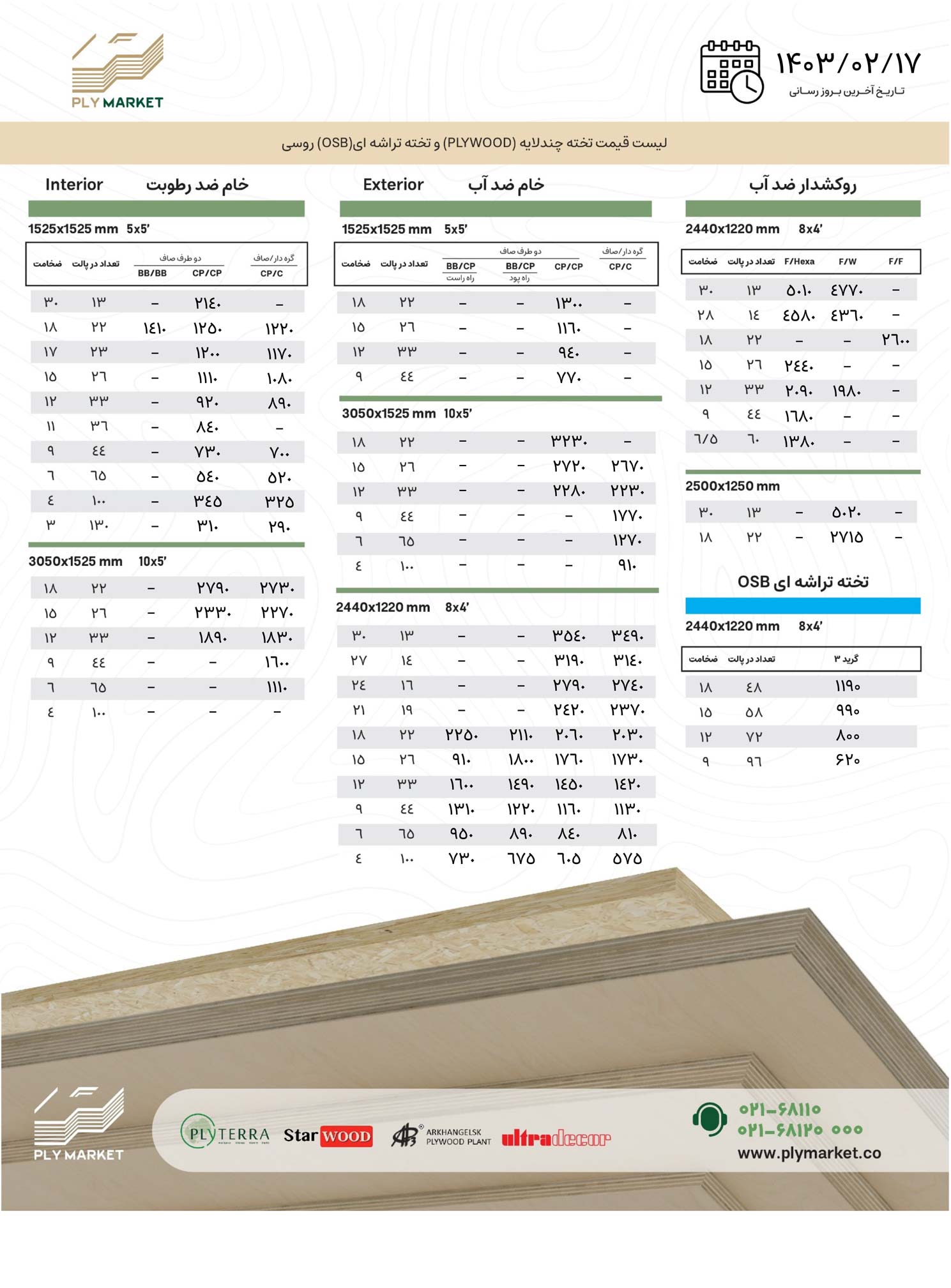What is plywood?
Plywood consists of thin layers of wood that are glued together under high heat and pressure. The fiber direction of each layer is perpendicular to the next layer, which gives strength and rigidity to the panel. This product is made from different types of wood, and its range includes sheets that consist of thin layers of slow-growing hardwoods to thicker layers of fast-growing softwoods.
A standard sheet of plywood measures 2440 x 1220 mm and comes in various thicknesses, larger sizes are also available. The sheet is graded based on the quality of its top coatings, which usually have higher quality inner layers.
A brief history of plywood in design
The use of plywood dates back to the ancient Egyptians. However, the modern plywood panels that we are familiar with today were first made in the mid-19th century following innovations in wood technology during the Industrial Revolution.
Modern architects of the 1930s soon recognized the potential of plywood as a design material and began experimenting with techniques to create new organic forms. Finnish architects Alvar and Aino Aalto designed the Palmio chair in 1931-1932.
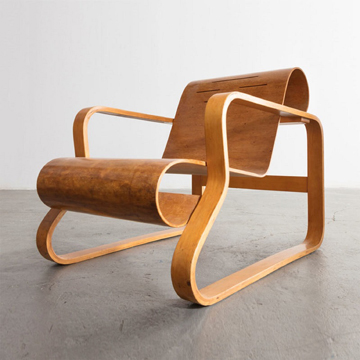
Another pair of architects, Charles and Ray Eames, in the 1940s in the United States developed new molding methods that allowed them to produce complex curved three-dimensional shapes. They designed the Eames DCM Chair (Metal Dining Chair) in 1945, one of the most influential chairs of the 20th century and since its production it has been copied and revisited many times by designers and manufacturers around the world – look at IKEA!
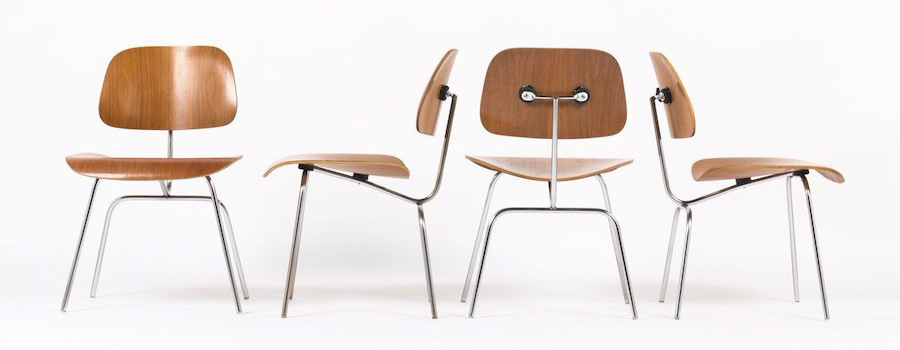
Internal applications of plywood

Mid-20th century modern homes, the 1950s and 1960s, saw the introduction of plywood-clad interiors and custom woodwork. This use was considered a way to create warmth and personality in open spaces and separate different parts of these spaces.
Computer Numerical Control (CNC) manufacturing allows cutting and milling of plywood parts with very high precision and creates a wide range of design possibilities. Architects are now using CNC cutting to make a wide range of different objects, including furniture and kitchens in homes.
Some of the common applications of plywood in interior spaces are:
- Walls and ceilings: Covering the walls and ceilings with plywood can give a warm and natural look to the space and at the same time have good strength and durability. Plywood can also be used to make partition walls or decorative panels.
- Flooring: Certain types of plywood are also suitable for flooring and can be a cost-effective alternative to hardwood.
- Furniture: Plywood is a versatile material for making furniture, it can be painted, oiled or veneered to match any decor style.
- Stairways: Can be used to build stairs, including straight, spiral, or L-shaped stairs.
- Doors: Plywood interior doors are light and strong.
- Details and decorations: Can be used to make niches, window frames, cabinets and other decorative details.
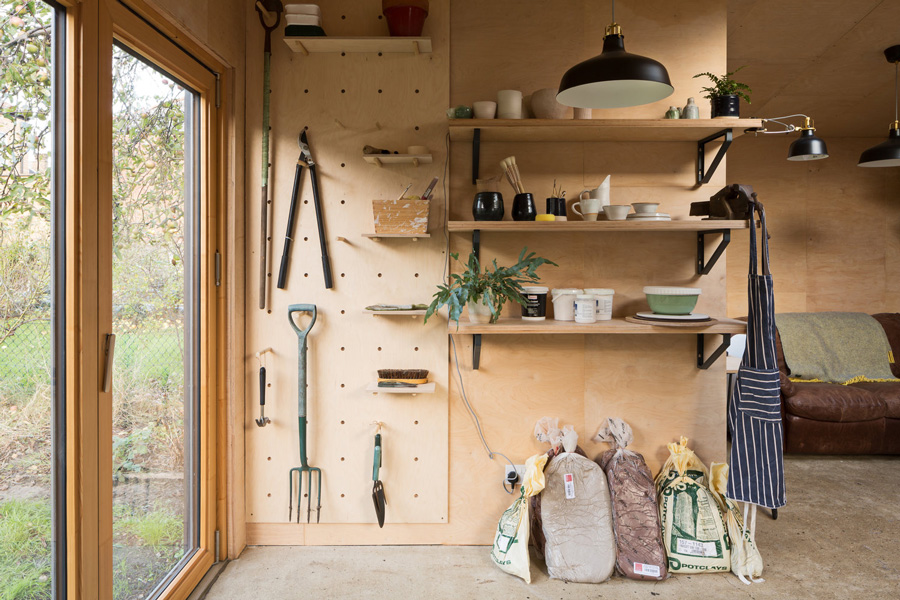
Advantages of using plywood in interior spaces:
- Affordable: More affordable than hardwood, but still has a beautiful, natural look.
- Strong and durable: It is a very strong and durable material that can last for years.
- Versatile: Suitable for a wide range of applications.
- Eco-friendly: It is renewable and compatible with nature.
- Beauty: Can be painted, oiled or veneered to match any decor style.
Internal applications:
Plywood is a very versatile material that is suitable for a wide range of interior applications, including:
- Wall and ceiling: Covering the walls and ceilings with plywood can give a warm and natural look to the space and at the same time have good strength and durability. It can also be used to make partition walls or decorative panels.
- Flooring: Certain types of plywood are also suitable for flooring and can be a cost-effective alternative to hardwood.
- Kitchen: Plywood can be used to make cabinets, counters, islands and other kitchen components.
- Storage units: Plywood can be used to build shelves, closets, cabinets and other storage units.
- Stairs: Plywood can be used to build stairs, including straight, spiral or L-shaped stairs.
- Furniture: Plywood is a versatile material for making furniture.
Types of plywood:
Nordic:
- Nordic Plywood, sometimes called Baltic Plywood, is a leading supplier of quality plywood in the UK. Manufactured in Finland and Latvia, this product is suitable for a wide range of indoor applications.
Birch:
- Birch veneers are made to a thickness of 1.4mm and have an attractive fine grain finish, making it a popular choice for furniture. Birch plywood is uniform and dimensionally stable, so it can be cut with high precision without risk of damage.
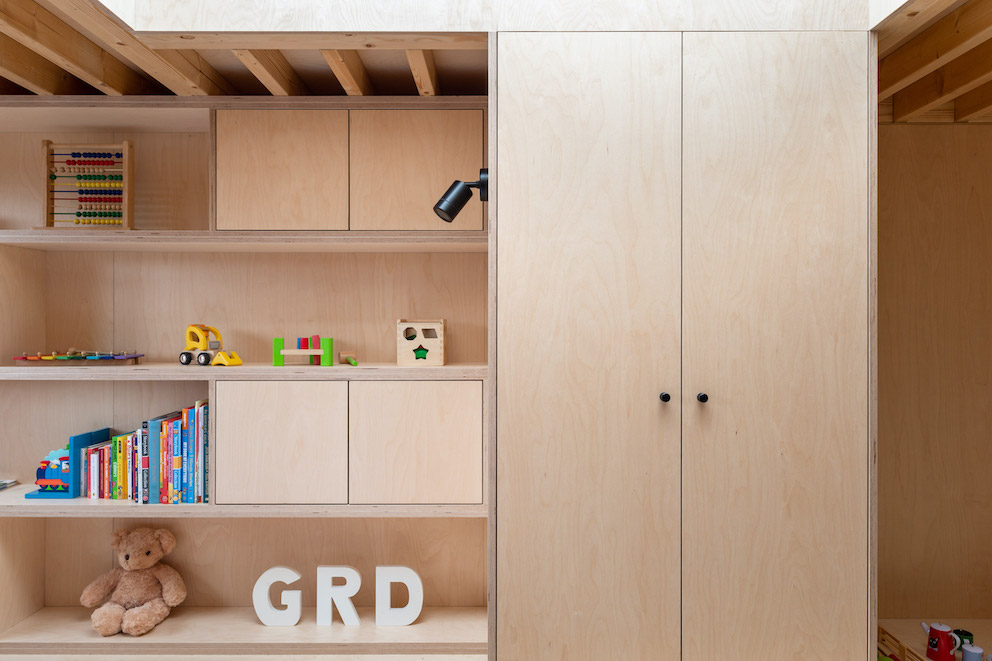
Spruce:
- Sheets are usually made with thicker coating layers of 2.6 or 3.2 mm. It is much lighter than birch plywood, but just as strong and rigid. Its unique knotty appearance is not to everyone’s liking, but spruce plywood is perfectly suited for interior applications.

